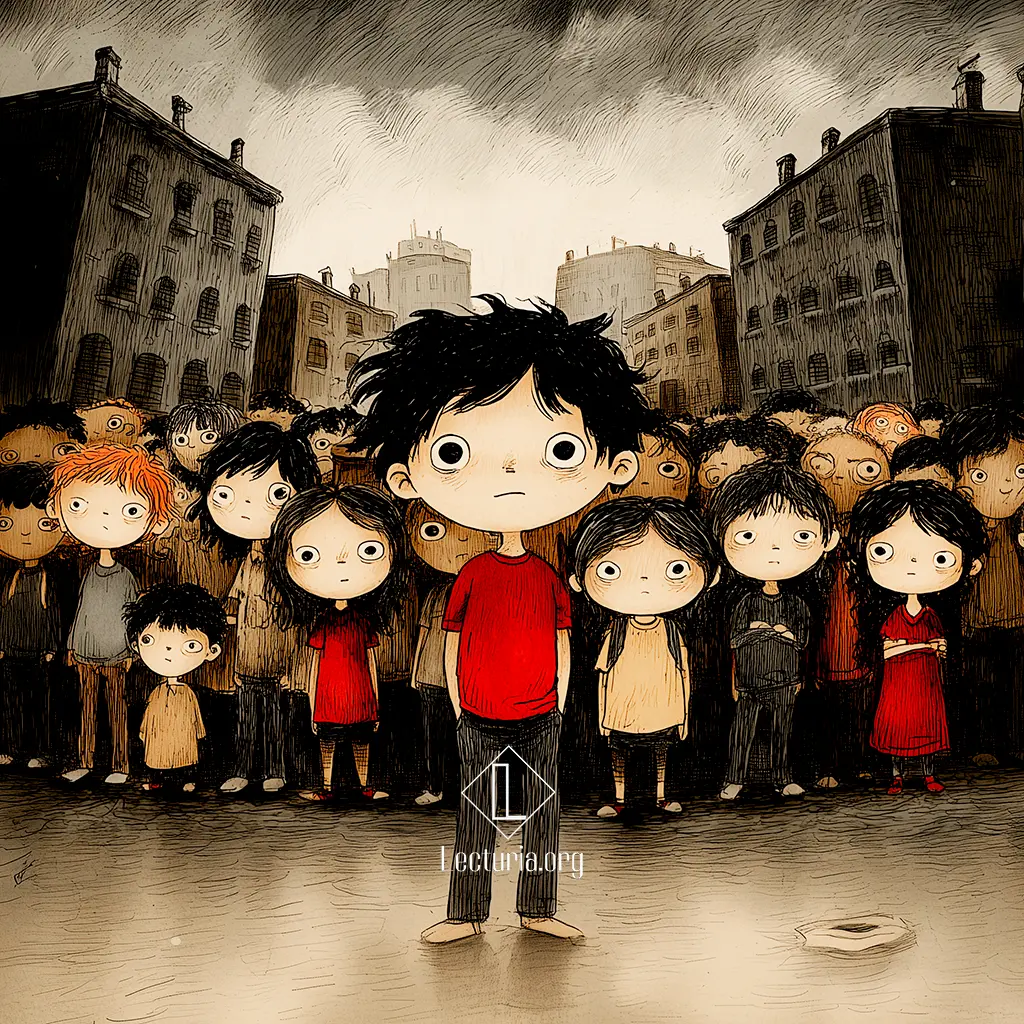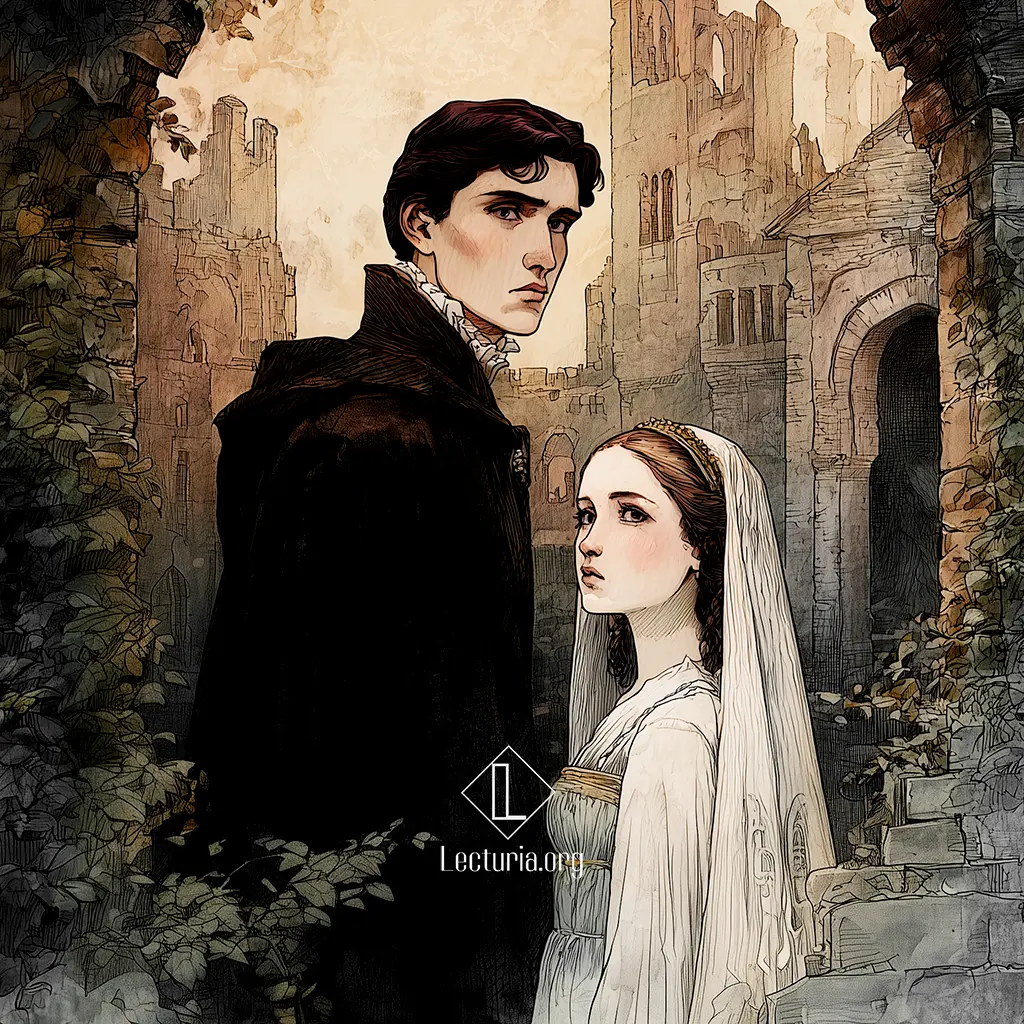Nathaniel Hawthorne: Dr. Heidegger’s Experiment
“Dr. Heidegger’s Experiment” is a short story by Nathaniel Hawthorne, first published in Knickerbocker Magazine in January 1837 and later included in Twice-Told Tales (1837). It tells of the eccentric Dr. Heidegger, who invites four elderly friends—once distinguished by wealth, beauty, power, and pleasure but now broken by time and misfortune—into his mysterious study. Amid dusty tomes, strange relics, and the portrait of his lost fiancée, the doctor proposes a peculiar experiment involving a liquid said to flow from the legendary Fountain of Youth.





